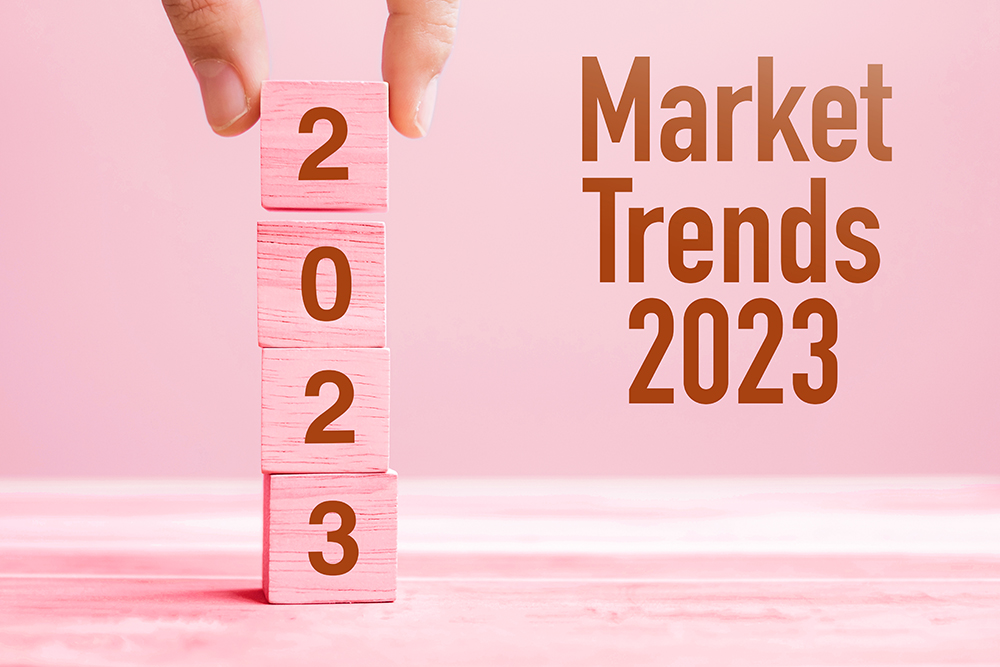Newsletters have become a crucial part of any marketing strategy, and for good reason. They allow businesses to connect with their audience, share information, and promote their products and services. But did you know that the colors you choose for your newsletters can have a significant impact on your audience’s perception of your brand? In this article, we’ll explore the psychology of colors in marketing, the importance of color consistency in branding, and how to use colors strategically in your newsletters for maximum impact.
The Psychology of Colors in Marketing
Colors have a powerful effect on our emotions and behaviors. Studies have shown that up to 90% of a person’s initial judgment of a product is based on its color. Therefore, it is essential to understand the psychology of colors in marketing to make the right color choices for your brand.
- Red: Red is a powerful color that is often associated with passion, energy, and excitement. It can be used to create a sense of urgency, which makes it an excellent choice for sales and promotions. However, it can also be associated with danger and aggression, so it should be used carefully.
- Blue: Blue is a calming and trustworthy color that is often associated with professionalism and reliability. It is a popular choice for corporate branding because it creates a sense of stability and competence. However, too much blue can be perceived as cold and unemotional.
- Green: Green is a natural and calming color that is often associated with growth, health, and wealth. It can be used to promote eco-friendly products or services and creates a sense of balance and harmony. However, too much green can be perceived as bland or uninteresting.
- Yellow: Yellow is a cheerful and optimistic color that is often associated with happiness and warmth. It can be used to create a sense of joy and excitement, making it an excellent choice for brands that want to convey a playful image. However, too much yellow can be overwhelming and cause eye strain.
Understanding Color Meanings and Associations
Each color has its own meanings and associations, which can vary depending on culture, context, and personal experience. Therefore, it is essential to consider the cultural and emotional significance of each color before using it in your branding or newsletters.
- Black: Black is often associated with sophistication, elegance, and power. It can be used to create a sense of luxury and exclusivity, but it can also be perceived as negative or depressing.
- White: White is often associated with purity, simplicity, and cleanliness. It can be used to create a sense of calm and minimalism, but it can also be perceived as cold or sterile.
- Purple: Purple is often associated with royalty, luxury, and creativity. It can be used to create a sense of extravagance and uniqueness, but it can also be perceived as pretentious or overly dramatic.
- Orange: Orange is often associated with energy, excitement, and enthusiasm. It can be used to create a sense of fun and spontaneity, but it can also be perceived as cheap or low-quality.
Importance of Color Consistency in Branding
Consistency is key when it comes to branding. Your brand’s colors, fonts, and logos should be consistent across all platforms, including your newsletters. Consistency creates a sense of professionalism and reliability, which can help build trust and loyalty with your audience. Inconsistency, on the other hand, can create confusion and make your brand appear unprofessional.
The Impact of Color in Newsletters
Now that we’ve covered the basics of color psychology and branding, let’s talk about the impact of color in newsletters. Your newsletter’s color scheme can affect your audience’s perception of your brand and the message you are trying to convey.
- Attention-Grabbing: Bright and bold colors, such as red, orange, and yellow, can be used to grab your audience’s attention and create a sense of urgency. However, too much of these colors can be overwhelming and cause eye strain.
- Trustworthiness: Softer colors, such as blue, green, and purple, can be used to create a sense of trustworthiness and reliability. These colors are often associated with professionalism and competence.
- Emotional Response: Colors can also be used to create an emotional response in your audience. For example, warm colors, such as red and orange, can create a sense of excitement and joy, while cooler colors, such as blue and green, can create a sense of calm and relaxation.
Choosing the Right Color Scheme for Your Newsletter
Choosing the right color scheme for your newsletter requires careful consideration of your brand’s values, message, and audience. Here are some tips to help you choose the right color scheme for your newsletter:
- Consider Your Brand: Your newsletter should reflect your brand’s values and message. Consider your brand’s colors and how they can be incorporated into your newsletter’s design.
- Consider Your Audience: Your audience’s age, gender, and cultural background can affect their perception of colors. Consider your audience’s preferences and emotions when choosing your color scheme.
- Consider Your Message: The message you are trying to convey in your newsletter should also influence your color choices. For example, if you are promoting a sale, you may want to use attention-grabbing colors, such as red or orange.
Tips for Using Colors Strategically in Newsletters
Now that you know how to choose the right color scheme for your newsletter let’s talk about some tips for using colors strategically in your newsletters:
- Use Contrasting Colors: Use contrasting colors to create a sense of hierarchy and guide your audience’s eyes to the most important information in your newsletter.
- Limit Your Color Palette: Using too many colors can be overwhelming and confusing. Stick to a limited color palette for a more cohesive and professional look.
- Use White Space: White space can be just as important as color. Use white space to create a sense of balance and make your newsletter easier to read.
- Test Your Color Scheme: Always test your color scheme to ensure it is effective and easy to read. Consider using a color contrast checker tool to ensure your colors meet accessibility standards.
Case Studies of Successful Color Usage in Newsletters
Let’s take a look at some case studies of successful color usage in newsletters:
- Nike: Nike’s newsletter uses a limited color palette of black, white, and red. The red is used sparingly to create a sense of urgency and grab the reader’s attention.
- Buzzfeed: Buzzfeed’s newsletter uses bright and bold colors to create a playful and fun image. The colors are used consistently across all platforms, creating a sense of brand recognition.
- Dropbox: Dropbox’s newsletter uses a soft color palette of blue and white to create a sense of professionalism and reliability. The colors are consistent with the brand’s overall image and message.
How to Measure the Effectiveness of Your Color Strategy
Measuring the effectiveness of your color strategy is crucial to ensure your newsletters are achieving their intended goals. Here are some metrics to consider:
- Open Rate: The open rate measures how many people opened your newsletter. A high open rate can indicate that your color scheme is effective in grabbing your audience’s attention.
- Click-Through Rate: The click-through rate measures how many people clicked on a link in your newsletter. A high click-through rate can indicate that your color scheme is effective in guiding your audience’s eyes to the most important information.
- Conversion Rate: The conversion rate measures how many people took action after reading your newsletter. A high conversion rate can indicate that your color scheme is effective in creating an emotional response and promoting action.
Using GiantCampaign for Color Analysis and Optimization
GiantCampaign is a powerful tool that can help you analyze and optimize your newsletter’s color scheme. It uses advanced algorithms and color science to analyze your newsletter’s colors and provide recommendations for improvement. With GiantCampaign, you can ensure that your color strategy is effective and optimized for maximum impact.
Conclusion
Colors are a powerful tool in marketing and branding, and they can have a significant impact on your audience’s perception of your brand. By understanding the psychology of colors, choosing the right color scheme, and using colors strategically in your newsletters, you can create a cohesive and effective marketing strategy. Remember to test your color scheme, measure its effectiveness, and use tools like GiantCampaign for optimization. By following these tips, you can paint your brand in the best light possible and achieve maximum impact with your newsletters.





